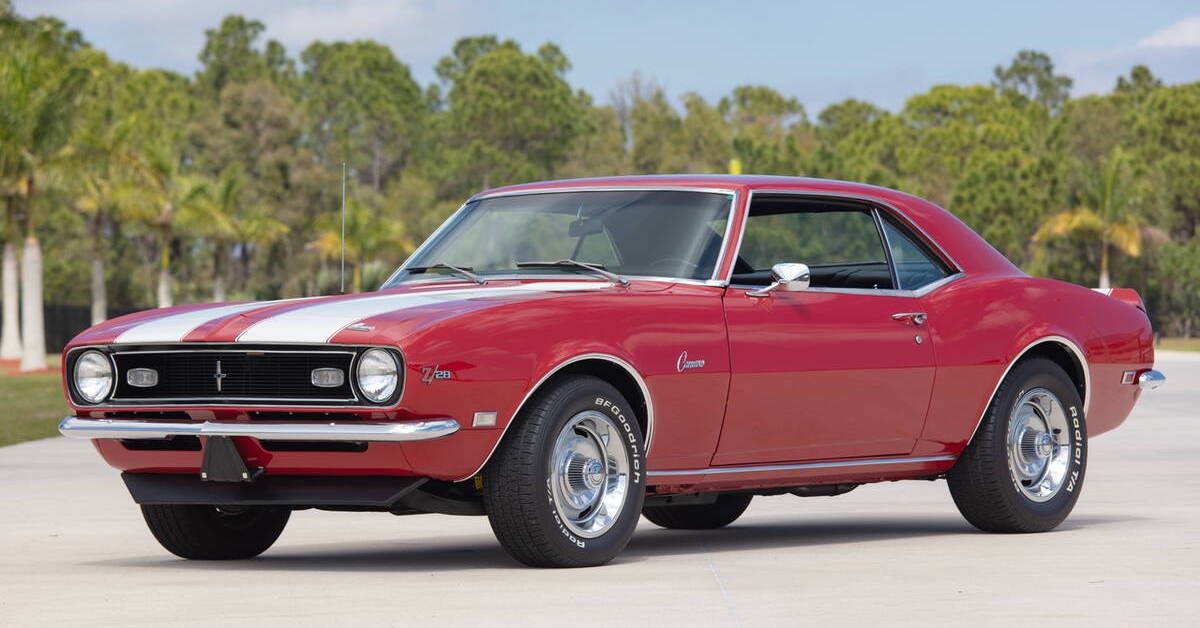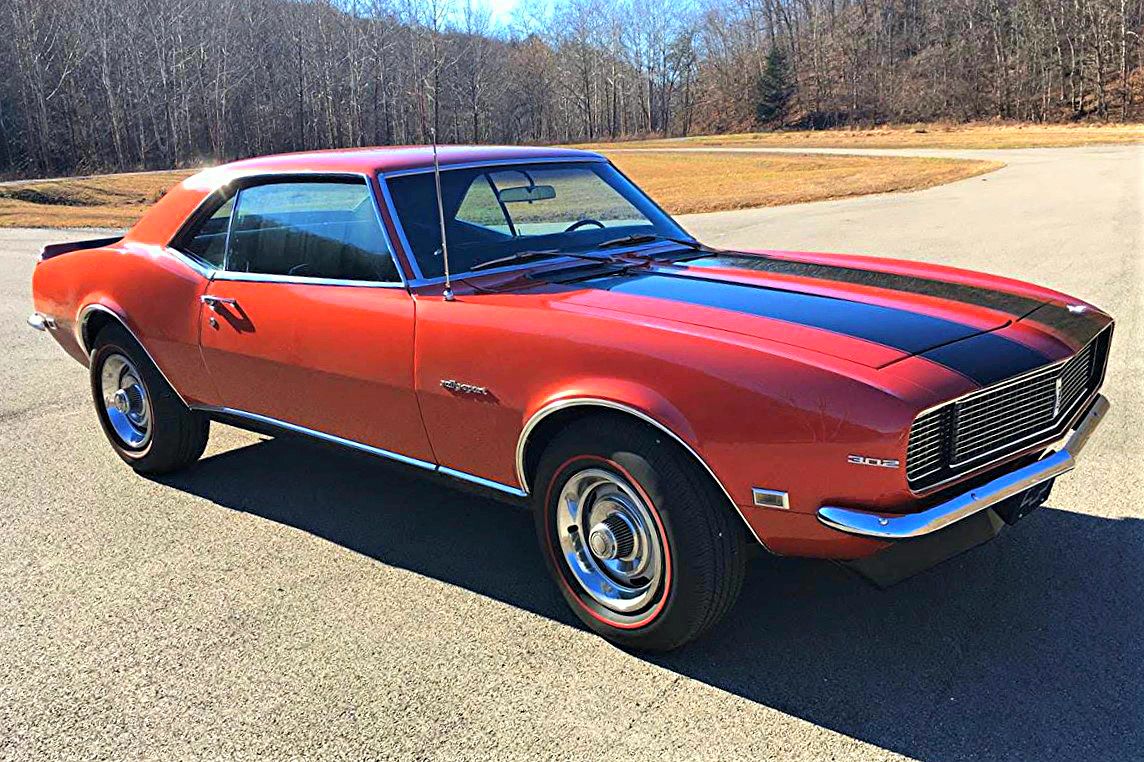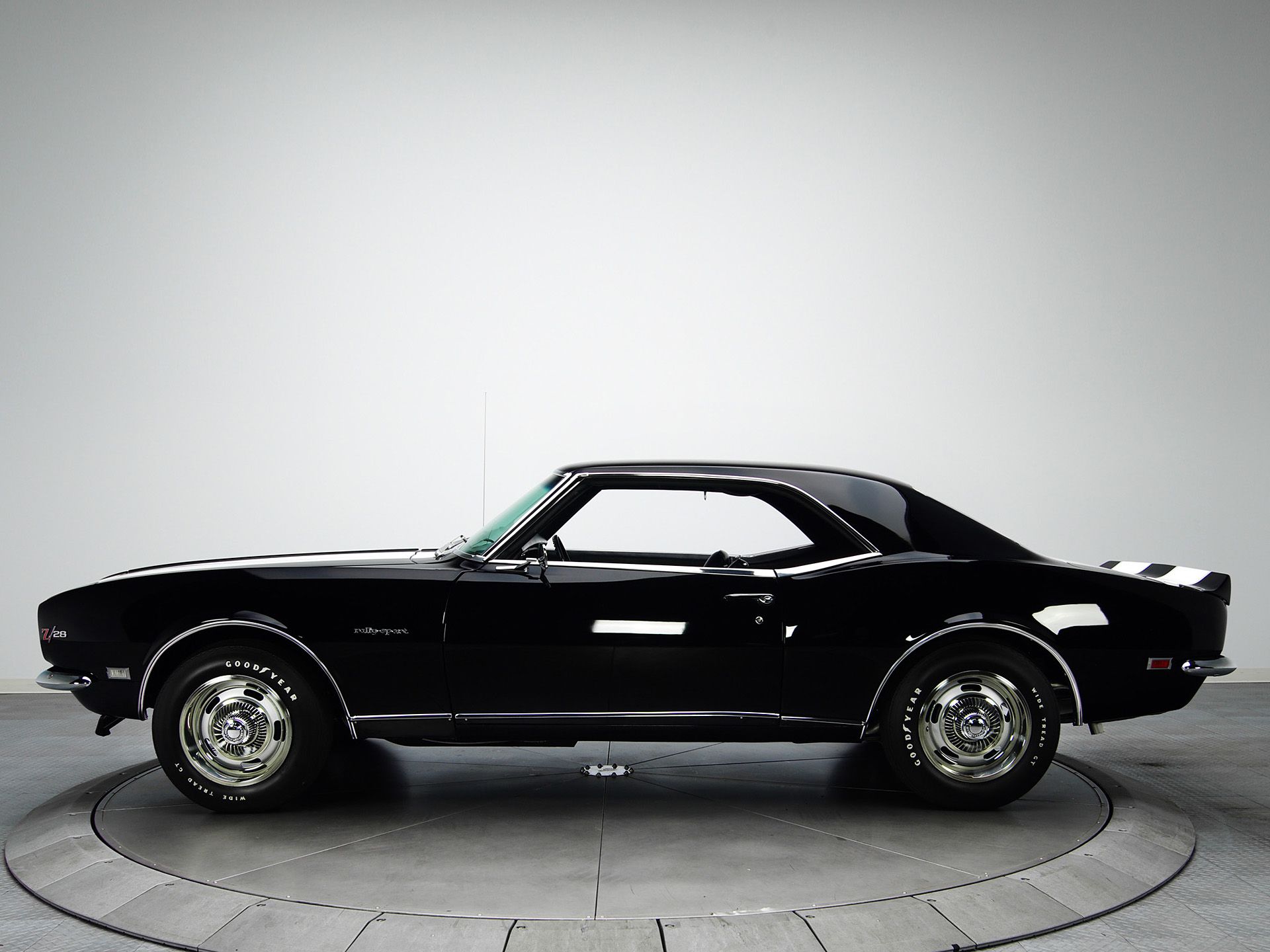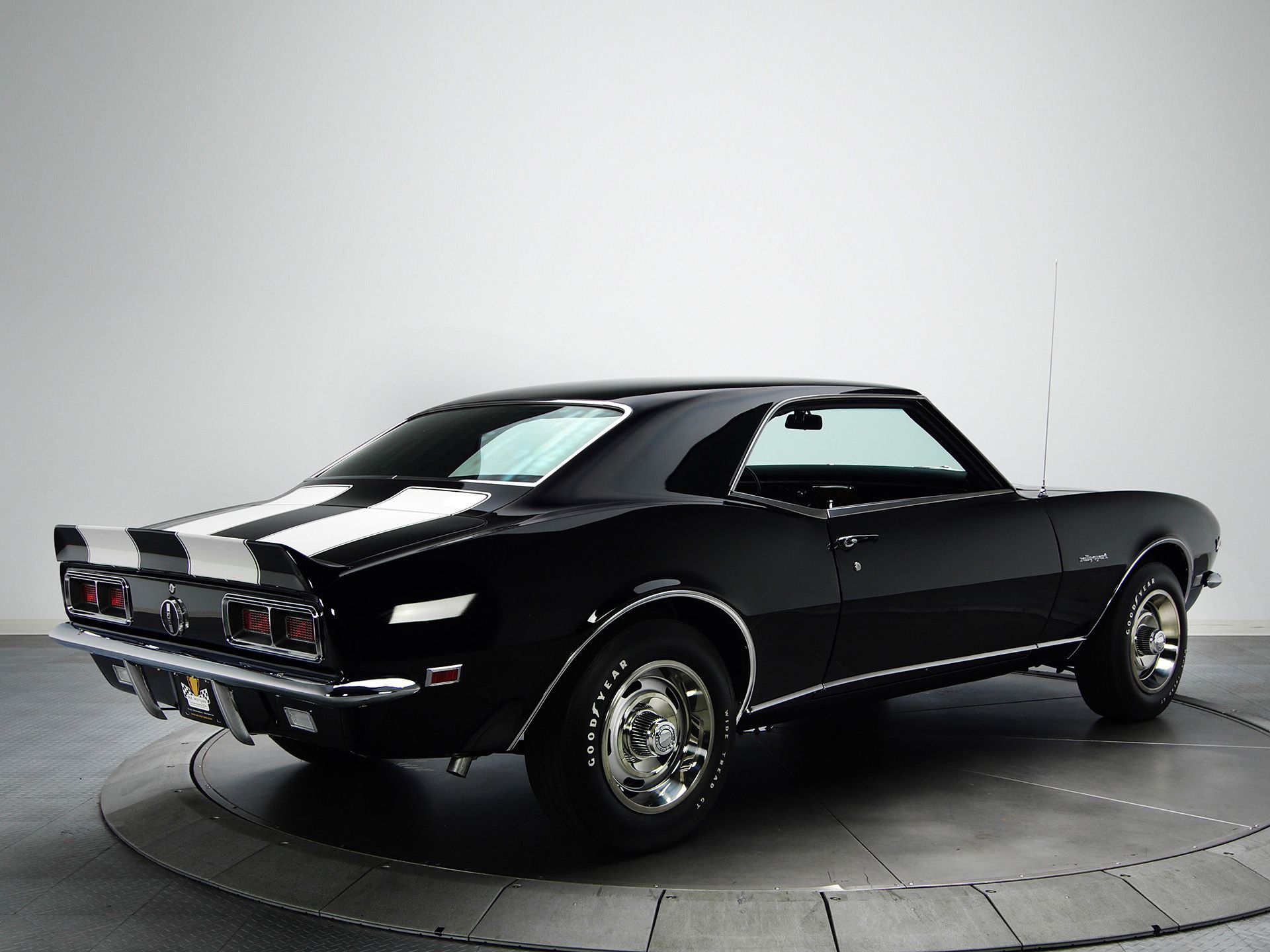The Chevrolet Camaro is no stranger on the road, especially on American roads; since its introduction over 50 years ago, more than 16 million unit sales have been recorded. The Chevrolet Camaro was built by the Chevrolet wing of General Motors. It was introduced in late 1966 as the 1967 model of the car, and the first generation, which includes the 1968 model, was in production from 1967 to 1969. The car is now in its sixth generation, and it is still as hot as ever in the market, remaining as one of the most embraced sports cars on American roads today.
The American Muscle car is a 2-door, 4-passenger, rear-wheel-drive coupe and also available as a convertible. It was built on the GM's F-body frame. The car was built in the U.S. in assembly plants located at Van Nuys, California, and Norwood, Ohio.
The 1968 Chevy Camaro Z/28 was introduced alongside the standard Camaro model in 1967. This version of the iconic sports car has a rich history and has many records to its name. Though you won’t get to see it under the clear light of an automobile showroom today, it is a well sought-after car by classic car enthusiasts and muscle car aficionados. You can still lay hands on it in auction houses across the United States.
Many factors can influence how much the 1968 Chevrolet Camaro Z/28 would cost to own today; the condition of the car, wear and tear, engine and transmission type, modification, personal history of the vehicle, and many more. Before we take a look at the cost of the car today, here is what makes the car special.
The First-Generation Chevrolet Camaro (1967-1969)
The first-generational Camaro saw a short but eventful production year. The first thing about this generation of the Camaro that you can’t fail but ponder on is the fact that it is offered with 12 engine options – a lot of transmission options too. The standard engine is the 3.8-liter straight 6-engine that can generate 140 hp and 220 lb-ft of torque. The 5.0-liter and 5.4-liter engines are also popular options on the car.
In 1969, V8 engines paired with a three-speed manual transmission were also introduced. While many transmission options were available on the Camaro, some of the most prominent include a two-speed “Powerglide” automatic transmission (available for all versions), a four-speed manual transmission (come as an option for all engine on all version), and a three-speed turbo hydra-matic 350.
Besides the Z/28 package, the first-generational Camaro also offers an SS or RS package. The RS comes with some cosmetic differences from the other Camaros. It wears an RS badge, concealed headlights, and some of its other lights were fitted in areas you won't find then in the predecessors. The SS package of the Chevrolet Camaro is a performance version of the car. It is powered by a 5.7-liter or 6.5-liter V8 engine. Because the SS version was built with performance in mind, the chassis was reinforced to handle better responsibilities.
The 1968 Chevrolet Camaro Z28
Every day and all day, the 1968 Chevrolet Camaro is a car that can be depended on. However, for track ripping duties, Chevrolet decided to create a special car for the job – a car that offers more than the reliability the Camaro is known for, but also monstrous agility to take on competitors on the track.
To compete in the SCCA (Sports Car Club of America) Trans-Am series, the Z/28 package was introduced as a version of the first-generation Chevrolet Camaro — The SCCA was introduced in 1966 for four-passenger production cars with engines within the range of 2.0 - 5.0 liters.
This SCCA was dominated by Ford Boss 302 Mustang in1966 and 1967. Chevrolet’s response to the all-domineering Mustang is the Z-28 Chevrolet Camaro. The Z-28 was fitted with a tough 4.9-liter V-8 engine and matched with a 4-speed transmission for this racing duty.
Besides racing duties, the introduction of the Z/28 has an underlying marketing motive. The Mustang was not dominating just the tracks, but was also tearing through the market like a plague and selling like precious metal. Before 1967, more than 700,000 units of the Mustang had been sold already. Camaro envisaged thumping the Ford Mustang on the tracks would give their marketing effort a major boost, and the Trans Am offered them the chance to do just that.
An independent team, “Sunoco,” won the back-to-back Trans Am Manufacturer’s Championship in 1968 and 1969 while driving the Z/28.
The Worth Of The 1968 Chevrolet Camaro Z28 Today
If you are hoping to add this iconic American muscle car to your car collection, I believe you wouldn't need a pat on the back to know you've made the right choice; the Chevy Camaro is a solid car. In 1968, 235,151 Chevy Camaro were produced, but only 7,199 of the Camaro had the Z/28 package.
To own one of these beautiful beasts today, prices may be up in the seven-figures realm, and there are some available on the market that are not up to that — the car's condition is the ultimate decider of the price. On Classiccars, a 1968 Z/28 listed in good condition was put at $90,000.
On Conceptcarz, the price for a 1968 Z/28 in perfect condition was quoted at between $66,000 to $165,000, while one in a not-so-impressive condition will still attract around $10,000.




